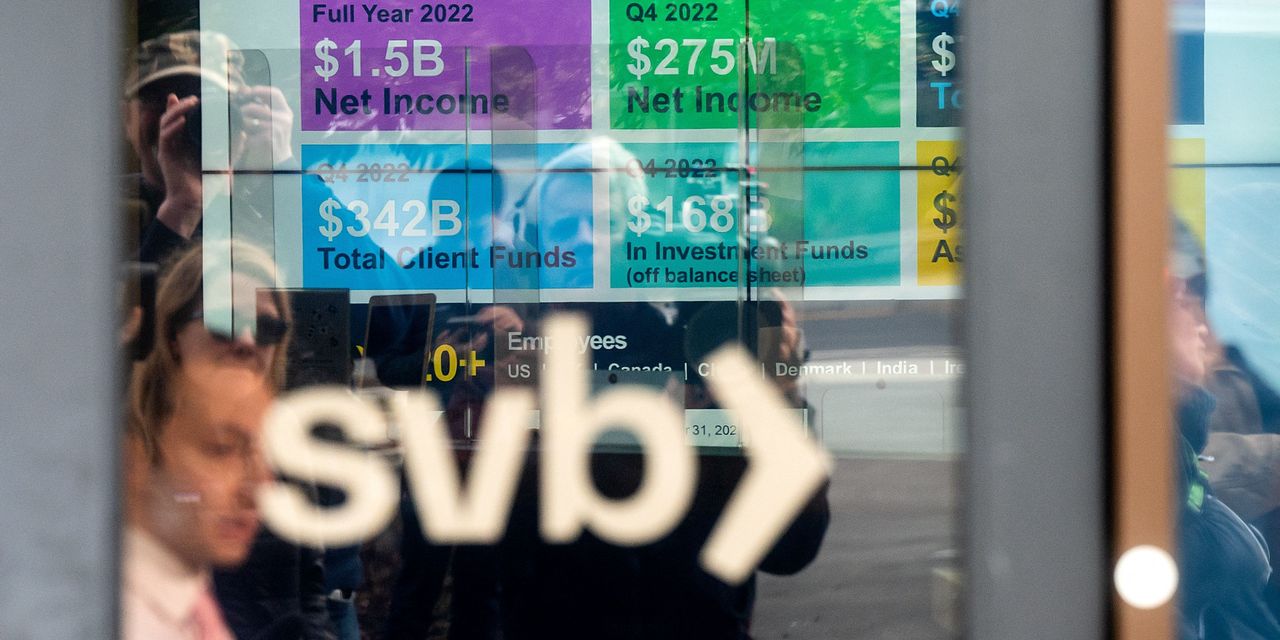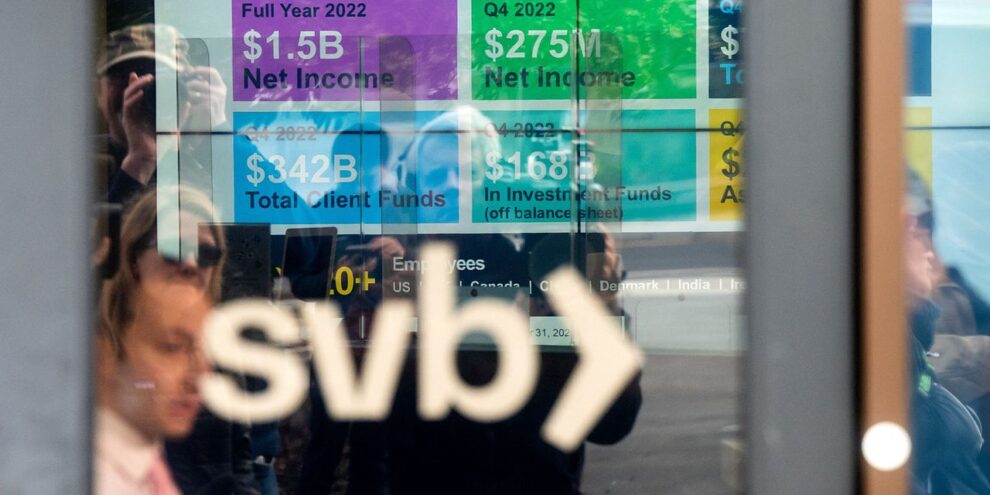
The failure of Silicon Valley Bank (SVB) SIVB, is a failure of federal supervision as well as regulation.
The two terms are used interchangeably, but are different concepts: regulation is about creating rules, supervision enforces them. Initial reactions to SVB’s failure focused on debating whether the Trump-era deregulation caused the failure, but this ignores the fundamental question of whether the rules that existed were being properly enforced.
The answer is that they weren’t, and the Federal Reserve failed as a bank supervisor.
The Fed supervised SVB from head to toe, with the San Francisco Federal Reserve Bank in charge of both the bank and its larger parent holding company, SVB Financial Group . SVB was the largest bank the SF Fed supervised. SVB’s CEO even sat on the SF Fed’s Board of Directors up until the day the bank failed.
“ Each of these four red flags should have triggered greater scrutiny from the Federal Reserve. ”
I count at least four red flags of the bank’s conduct that should have sent the alarm bells ringing, which the Fed appears to have not heard
1. Explosive asset growth: SVB nearly quadrupled in assets in four years.
2. Hyper-reliance on uninsured deposits: Almost 90% of SVB’s deposits were from customers with more than the FDIC’s limit ($250,000), often tech firms. Uninsured depositors are more likely to run, making the bank inherently less stable.
3. Huge interest rate risk: During a period of explosive growth between 2019 and 2021, SVB purchased more than $100 billion of mortgage-backed securities issued at low interest rates. The bank failed to buy hedges to protect the securities’ value if interest rates rose.
4. Dash for cash to the Federal Home Loan Bank: As SVB needed cash, it used the arcane Federal Home Loan Bank system to borrow heavily — becoming the San Francisco FHLB’s top borrower at $20 billion.
Lender of next-to-last resort
To understand how significant this is, know that the FHLB is called the lender of next-to-last-resort. When a bank fails, the FHLB is the only entity that gets paid out ahead of the FDIC. The more indebted a bank is to the FHLB, the greater the losses born by the taxpayer if the bank fails.
Each of these red flags should have triggered greater scrutiny from the Federal Reserve. Combined, they scream for greater scrutiny. After all, SVB is not a Main Street bank, and never was. Regional banks of its size ($200B) typically operate around 1,000 branches: SVB had 16.
This does not even include questions about the relationship between SVB’s venture-capital arm and the bank’s customer base, a potential red flag the Fed’s regulation of the bank holding company should have analyzed.
Read: The Fed’s new loan program appears to favor SVB over other regional banks
The Fed has already launched an inquiry into its own failure, but that is likely to be insufficient. For example, a Fed self-investigation did not uncover leaked information by the president of Richmond Bank (the FBI found it and the executive resigned in disgrace). Another Fed inquiry failed to disclose dates of unethical trading by both the Dallas and Boston Bank presidents.
The Fed is ultimately accountable to Congress. Congress needs to investigate what happened with its own investigation. Simply asking the Fed regional banks to fix themselves will likely not be enough. For example, law requiring the Fed regional banks to integrate their boards passed in the 1970s but was widely ignored; the Kansas City Federal Reserve did not integrate its all-white Board until 1992.
Improving Fed governance is important, but insufficient. Bank regulators guard their supervisory reports from the public, so we never know what conditions these banks are in or whether regulators are doing a good job. Bank regulators should make these reports, known as “CAMELS,” public so Americans can judge both how the banks are doing and how well the agencies are supervising them. Learning what grade the SF Fed gave SVB, for instance, would go a long way to understanding how badly they missupervised the bank.
Congress writes financial regulation with two possible outcomes: setting specific rules in law or empowering regulators to figure out the details. In both cases Congress relies on regulators to enforce the rules. Congress cannot legislate judgement or competence. The U.S. financial regulatory system places substantial confidence in the judgement and competence of bank regulators, particularly the most powerful: the Federal Reserve. In the case of Silicon Valley Bank, that was misplaced.
The Fed has continually been tasked with more responsibility as monetary policy setter, bank regulator, lender of last resort, payment system operator and regulator, producer of economic research and statistics, and more. Perhaps it is time to fundamentally rethink the role of the central bank.
An oft-forgotten fact is that Senator Christopher Dodd’s original proposal, in the law that became Dodd-Frank, envisioned taking supervision of banks like SVB away from the Fed. That idea was voted down 91-9. Dodd-Frank ultimately expanded the Fed’s authority and power over the nation’s banking system. In SVB’s case, that has been a failure.
Aaron Klein is the Miriam K. Carliner Chair and senior fellow at the Brookings Institution. He served as deputy assistant secretary of the Treasury from 2009-2012 and as chief economist for the Senate Banking, Housing and Urban Affairs Committee under both Chairmen Chris Dodd and Paul Sarbanes. In those roles he helped draft, secure passage of, and implement the Dodd-Frank Act.
Also read: Why Ray Dalio says SVB collapse is a ‘canary in the coal mine’









